Nearly three weeks after ordering the removal of Christopher Columbus statues in Chicago, Mayor Lori Lightfoot on Wednesday announced the formation of a committee to review the city’s monuments as part of “a racial healing and historical reckoning project.”
The Lightfoot administration also said it will commission “a series of temporary public artworks that focus on a broader range of topics around COVID-19, inequality and racial reconciliation.”
The panel’s co-chairs will be Mark Kelly, who heads the city’s Department of Cultural Affairs and Special Events; Bonnie McDonald, president and CEO of Landmarks Illinois; and Jennifer Scott, director and chief curator of Jane Addams Hull-House Museum.
In making the announcement, Lightfoot referred obliquely to her middle-of-the-night removal of the Columbus statues in Grant Park and Little Italy, a move she has insisted was temporary and based on public safety concerns. She later ordered the removal of a smaller Columbus statue in South Chicago.
“This effort is not just about a single statue or mural, but how we create a platform to channel our city’s dynamic civic energy to purposefully reflect our values as Chicagoans and uplift the stories of our city’s residents, particularly when it comes to the permanent memorialization of our history and shared heritage,” Lightfoot said in a news release.
Sign up for The Spin to get the top stories in politics delivered to your inbox weekday afternoons.
Even before the unrest sparked by the killing of George Floyd, cities around the country were grappling with controversies over monuments that celebrate Columbus, Confederate leaders and other historical figures. Some have been marked with graffiti. Others have been pulled down.
Activists have urged that public art do a better job of representing a broad spectrum of American life, something Lightfoot said the Chicago effort will accomplish.
It “will provide a vehicle to address the hard truths of Chicago’s racial history, confront the ways in which that history has and has not been memorialized, and develop a framework for marking public space that elevates new ways to memorialize Chicago’s true and complete history,” she said.
The city’s effort will have four main goals: Cataloging monuments and public art on city property and the property of related agencies like the Chicago Park District; filling out the advisory committee that will “determine which pieces warrant attention or action”; recommending new monuments or public art; and creating a dialogue about Chicago’s past.
The goal is for the panel, which will have about 20 members, to complete its report by the end of this year, following an artist-led community engagement process.
In late July, activists forcibly attempted to remove the prominent statue of Columbus in Grant Park, leading to violent clashes between police and protesters. Lightfoot accused a group of individuals who wielded black umbrellas as they pelted police with projectiles of inciting anarchy.
Nearly a week later, in the middle of the night, Lightfoot took down statues of Columbus in Grant Park and Little Italy, saying it was a “temporary” decision to prevent further conflict. Later, Lightfoot also removed a lesser known statue in the South Chicago neighborhood. She has not said whether the statues will go up again where they were but has reiterated that the removals will be “temporary.”
Some activists and aldermen who called for the statues to be removed are skeptical that the statues will go back up where they once stood.
___
(c)2020 the Chicago Tribune
Visit the Chicago Tribune at www.chicagotribune.com
Distributed by Tribune Content Agency, LLC.
—-
This content is published through a licensing agreement with Acquire Media using its NewsEdge technology.



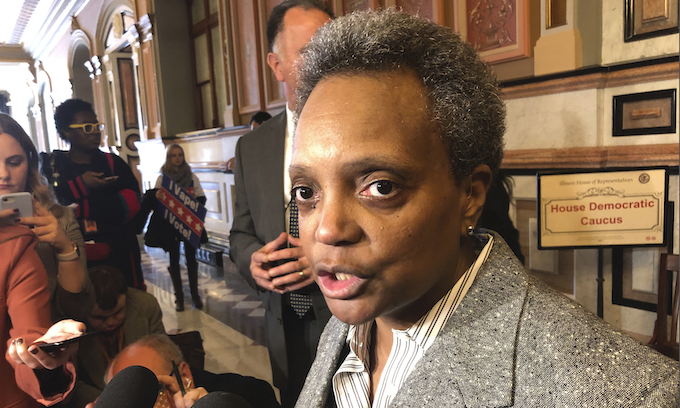

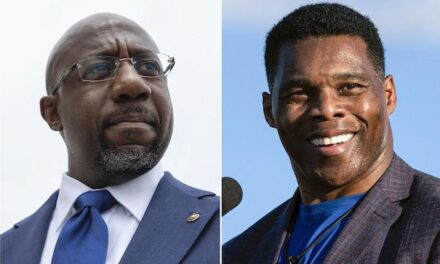
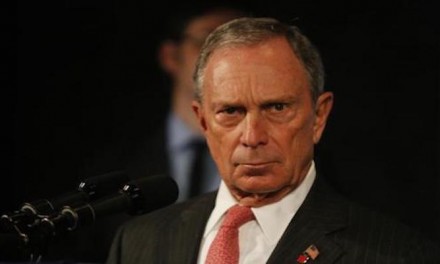
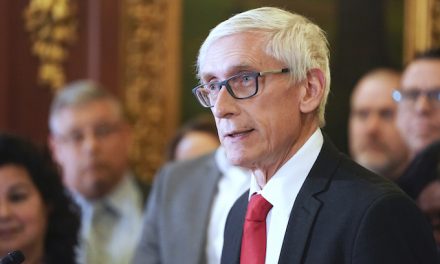






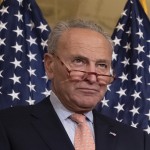




Recent Comments